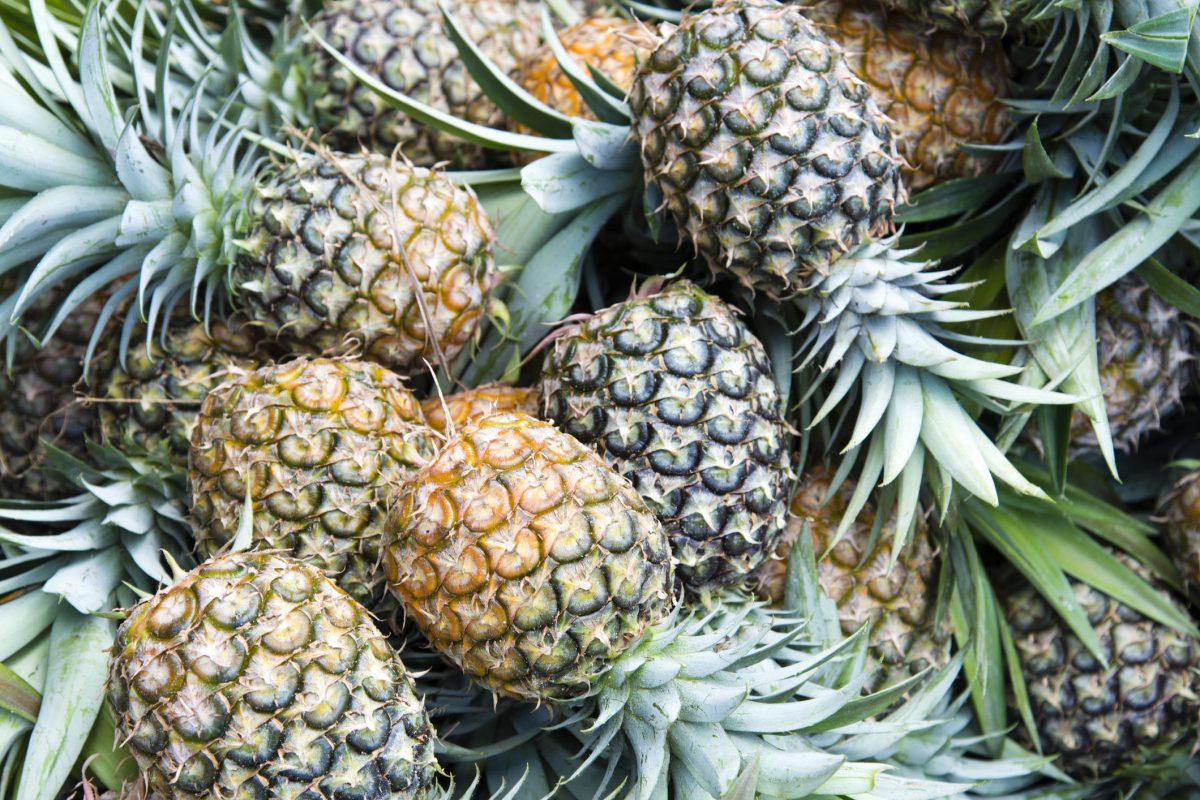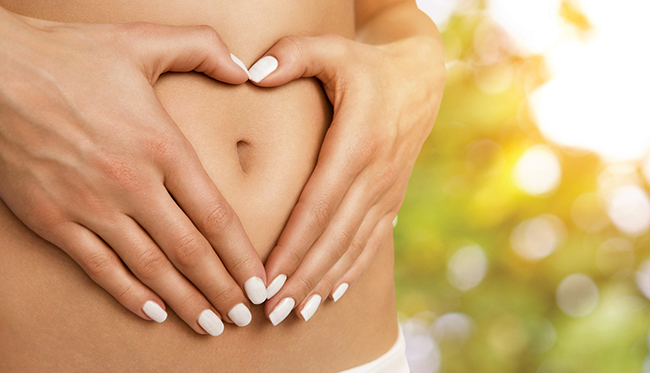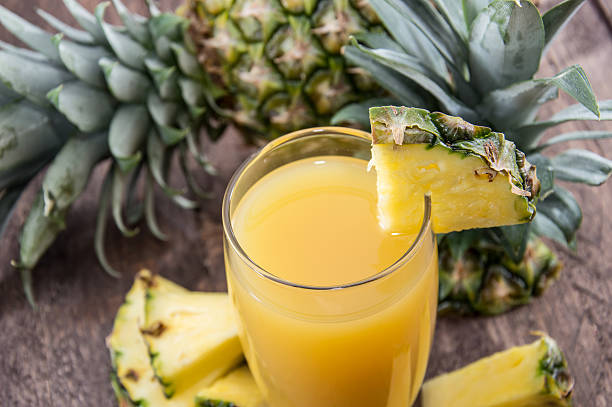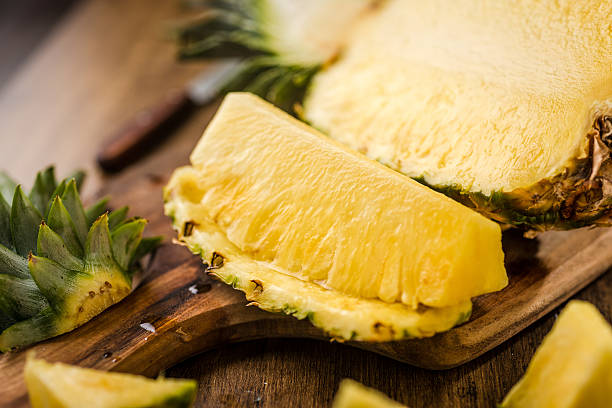Found in a wide variety of cuisines and in a selection of sweet and savoury dishes, the pineapple could well be one of the most under-rated fruits, until now…

Unappealing to the eye and more difficult than peeling a banana or orange, the pineapple is considered by some to be the black sheep of the fruit family. Like Marmite, there are those who love it and others that simply loathe it. You just have to take a look at the great pineapple pizza debate that still continues to hit the headlines to see what we mean. While many find it a perfect accompaniment to ham and mushroom on their pizza, the president of Iceland would wholeheartedly disagree.
No matter your opinion on this foreboding yet super tasty fruit, there are a whole host of benefits of making it part of your 5 (or 10 if you believe what you read) a day, many of them health related. In this article, we will give you the 8 ways that pineapple will improve your health and well-being, not just today, but for many years to come. However, before we launch in, first we’ll cover the fundamentals to help you get a better understanding of this much maligned and misunderstood fruit.
How does the pineapple grow?
There’s a misconception among many people that pineapples grow on trees, but they do in fact grow out of the ground. The pineapple grows when dozens of individual fruit-producing flowers fuse into a single fruit, which is capped with a ‘crown’ sporting numerous short leaves.
A healthy pineapple can sprout up to around a whopping 5 feet (or 1.5 meters) in height. The pineapple fruit grows out of the top of the central stem. However, growth is at a snail’s pace, with some taking up to 2 years to reach full size.

How to select and serve a pineapple…
Pineapple season lasts from March until July and this is when you’ll find a pineapple at it’s peak condition. Indicators that a fruit may be past it’s prime are soft spots, mould and bruises, so if you see any of the aforementioned, then it’s best left on the shelf.
You can judge freshness, ripeness and quality simply by giving a pineapple a soft tap on the side. What you want to hear is a dull, solid sound. If you hear a hollow sound, then this is a sure sign the pineapple either needs maturing or is of a poor quality. It should also have a fragrant sweet smell at the stem end and should not smell sour, musty or fermented. If left at room temperature your pineapple will lose quality quite quickly, so the best way to preserve the fruit is to wrap up cut sections inside a thin plastic cover and store in the fridge for 1-2 days.

Pineapple nutrition
Next, let’s look at the key nutritional facts of pineapple and consider something that most of us really like to talk about – and that’s carbs. Pineapple is made up of mostly water (86%) and carbohydrates (13%), with almost no fat or protein. A fresh pineapple contains 50 calories per 100 grams, while it is also a good source of several vitamins and minerals.
One single cup of pineapple provides 132% of the recommended daily intake for vitamin C and 76% for manganese.
For an age now, teachers and governments have stressed the benefits of eating vegetables and fruits to tackle many lifestyle-related health conditions, and pineapple is no exception. What gives pineapple it’s power is a little thing called bromelain.
The health benefits of pineapple…
Pineapples are the only source of the plant compound bromelain, a unique protein-digesting enzyme, which is linked with many health benefits, such as reducing the risk of cancer, reduced inflammation, enhanced immune function and better gut health. The pineapple is also packed full of other good stuff that helps with general well-being:
1 It improves gut health
Studies have indicated that pineapple, namely bromelain, can be effective in treating digestive diseases by reducing gut inflammation. Like most fruits and vegetables, pineapple is a rich source of fibre. Consuming the recommended amount of pineapple can protect you from a wide range of health conditions, including but not limited to, diarrhoea, constipation and irritable bowel syndrome.

2 It lowers cancer risk
Diets that are high in deep-yellow vegetables and fruit are believed to lessen the risk of contracting colon cancer. Some studies have also shown that bromelain has even prevented the growth of cancer cell growth.
3 It strengthens bones
Pineapple is positively loaded with a mineral called manganese. Manganese is a mineral your body needs to build bone and connective tissue, that also aids in growth and repair.
4 It improves eye health
Pineapple is rich in vitamin C, which is known to boost eye health. Based on research findings, vitamin C intake is important to prevent the onset of cataracts in the elderly.

5 It‘s good for your skin
This fruit will help keep your skin flexible and firm because it increases collagen formation. Bromelain helps towards the treatment and prevention of acne, fine lines, sun damage and uneven
skin toning.
6 It strengthens gums
Eating a good dose of pineapple strengthens your gums and keeps your teeth healthy and strong. Pineapple is often prescribed as a natural remedy to fix the loosening of teeth or retraction of the gums.

7 It reduces blood pressure levels and improves blood circulation
Eat your pineapple for a healthy heart! Pineapple is a valuable source of many minerals, including potassium. Potassium can help ease the tension and stress of the blood vessels and promote blood circulation to various parts of the body. This can help towards preventing health conditions such as heart attacks and strokes.
8 It’s good for weight management
Pineapple is a great fruit for those trying to lose weight because it makes you feel full and provides energy without adding too many calories. One-half cup of fresh pineapple contains fewer than 60 calories. Pineapple has high water content and is rich in fibre, which is what help keeps you feel fuller for a longer.

9 Quick pineapple facts
- Pineapple juice mixed with sand is said to be effective for cleaning stubborn surfaces.
- In Australian slang, ‘to get the wrong (or rough) end of the pineapple’ means to get a bad deal. In the 1930s in Britain, ‘being on the pineapple’ became a slang phrase for being unemployed.
- Pineapple juice is one of the best foods for constipation. Unprocessed plant foods generally have a lot of fibre. Pineapple juice is a natural laxative that can also help bowel movements.
- Eating pineapple hurts your tongue because the enzyme bromelian attacks your tongue, cheeks and lips on contact. However, both salvia and stomach acids overpower the sensation once you swallow or chew the pineapple.
- It’s a myth that you will face serious health problems if you drink milk after eating pineapple.
- Pineapple is commonly used as a material in men’s barong Tagalog and women’s baro’t saya formal wear in the Phillippines.
- The fibre within a pineapple is used as a component for wallpaper.
- The popular fictional children’s character Spongebob Squarepants lives in a pineapple house with his pets Gary the Snail and his scallop Shelley.
- When you cut up your pineapple, you normally chuck the skin, core it, then it ends in the bin. The pineapple canning industry doesn’t though – these bits are used for making alcohol, vinegar and animal feed.
Visit www.gogofruitbasket.com for more information.
